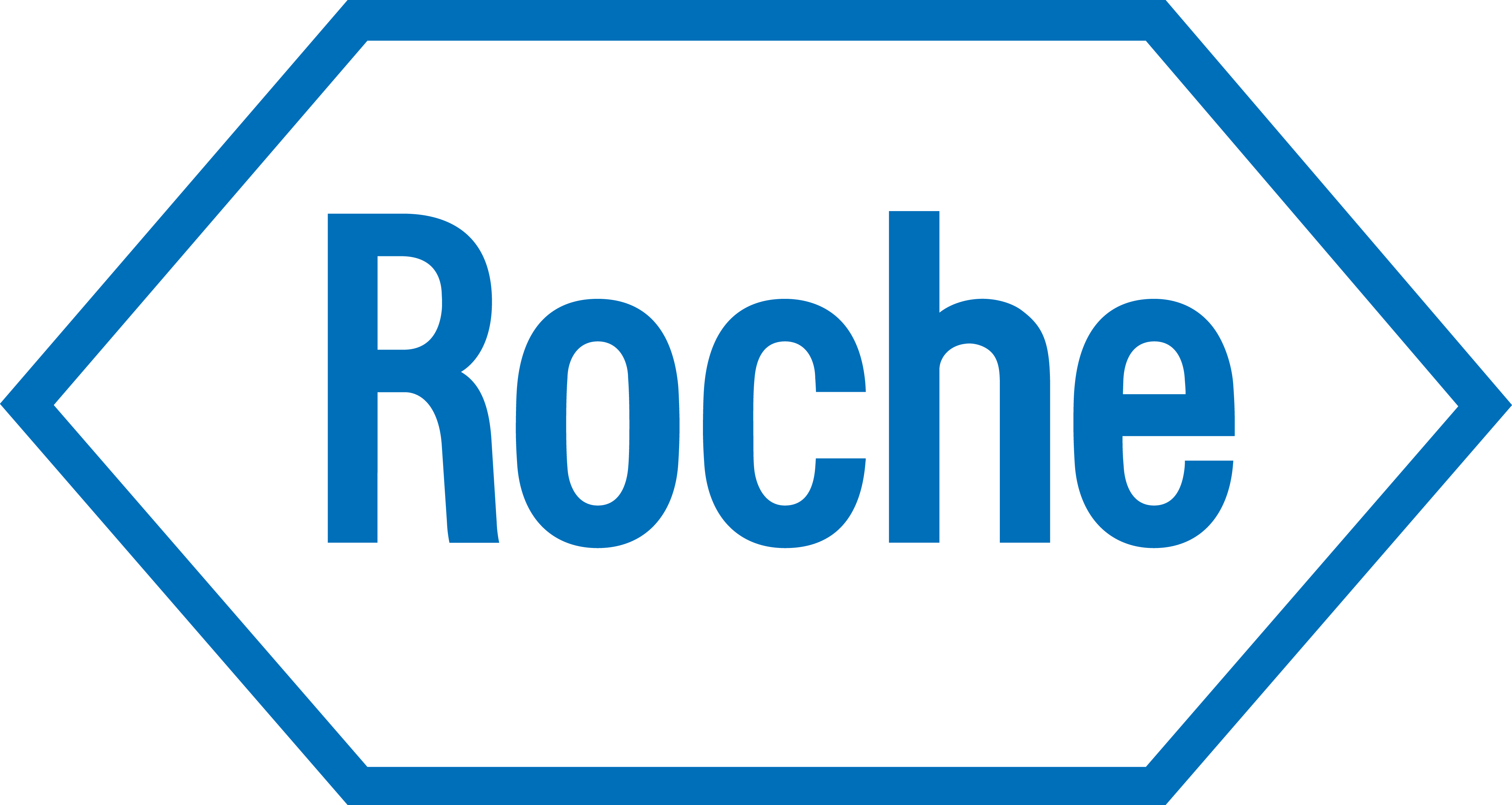Managing raw and starting materials for viral vector manufacture: managing risk and staying flexible
Cell & Gene Therapy Insights 2021; 7(2), 309–316
10.18609/cgti.2021.054
Q What processes do you utilize in both your in-house and your outsourced viral vector manufacture, and can you give us some background to how you arrived at them?
At Spark, we rely on our cross-functional program teams to meet regularly to discuss strategies for the product development life cycle. We encourage standardization of processes and methods so we can leverage information from one program to the next, and we are moving to platform types of processes for both upstream and downstream.
On the upstream side we are standardizing on cell lines and cell culture methodology and equipment.
On the downstream side we encourage the research team to utilize a core set of capsids (where possible) so we can utilize the same or similar purification processes. The standardization of capsids allows for easier formulation development and analytical testing as well.
On the clinical trial and development side, it’s important for us to obtain early reads on what type of products are advancing. This is because the clinical development window is so short.
We ensure we have a sufficient supply of clinical material and are ready for a rapid pivot to Phase 3.
At Phase 3, we like to lock in the process and have a process we understand well and that demonstrates consistent performance.
On the analytical side, we have invested in advancing both traditional and new technologies to better measure and ensure the quality and safety of our products. By fostering a culture of innovation, leveraging our collective expertise and applying sound science, we have been successful in applying approaches product testing and other activities that accelerate product development work through barriers.
For example, given the complexity and long lead time on potency (activity) assays we like to start the development of those assays as early as the pre-clinical stage of development and focus the efforts in an in-house centralized team that possesses that critical expertise.
Q How do your raw materials sourcing and management considerations and approaches differ between in-house and outsourced manufacturing?
For the most part, our outsourcing partners manage the procurement of their own materials. They base their ordering on periodic forecasts, but they plan and manage their own materials requirements. This includes any planning necessary to manager order lead time and safety stock requirements.
We approach supply chain risk management by looking beyond our tier 1 and 2 suppliers and put in place mechanisms for both passive and active risk management. We also look to go beyond purely transactional supply agreements and create strategic partnerships with our most critical suppliers and external partners so we can more effectively assess and mitigate risk and collaborate on solutions to issues that arise.
In-house, we manage our raw materials through our production planning process. We rely on a monthly Sales and Operations Planning process to capture changes in Demand and Supply. Via this process, we adjust our production plan, inventory levels, safety stock, and order frequency accordingly.
In what specific areas of raw/starting materials and consumables are you feeling the greatest impact of single source supplier issues and associated IP constraints?
We plan for our single source items well in advance and we have seen lead times dramatically increase with little to no advance notice. This places a strain on planned production runs and maintaining flexibility to cover the cone of demand. While we maintain a healthy inventory position for our commercial program, this has in some cases caused us to revisit our strategies around pre-purchase of materials or boosting on-hand inventory to ensure we keep momentum on clinical development.
We are trying to resolve these supply issues by working with qualified vendors who are willing to work with us creatively to resolve their supply constraints.
Q To what extent – and in what specific areas – has the COVID-19 pandemic exacerbated the situation?
Our production has been stable through the COVID-19 pandemic, and our materials needs have been predictable. In spite of this, it has been difficult to manage our order lead times that continuously get extended.
Specific materials shortages have been in constant flux. Even before COVID, certain media and single use components such as bioreactor and other single use bags were in very short supply. The COVID crisis caused materials shortages due primarily to allocation of materials to manufacturers of the COVID vaccines. We have found that some suppliers are prioritizing government and hospital needs which is resulting in extended lead times for consumables that were once considered off the shelf items. There was significant impact to PPE availability. We’ve lived through shortages of masks, hairnets, sterile gloves, cleanroom booties.
We are also starting to see delays with international shipments of materials by air freight. Courier services utilize cargo space on commercial flights, and the significant reduction in international commercial flights has contributed to challenges with delivery lead times.
The pandemic has presented its fair share of challenges, but it’s also created a number of opportunities to think differently about what we want to translate back into ‘normal’ operations. At Spark, we have turned the conversation from “what went wrong” to “what went right, and what have we learned” about the resiliency of our supply base, agility of capacity and sourcing. It has also prompted us to look at social responsibility during a pandemic (e.g. by sharing PPE to assist local hospitals and front-line workers who were encountering shortages). This wasn’t something that was part of our initial business continuity plans, but something we can translate into ‘normal’ circumstances.
Q How are you seeking to manage risk in this regard on an ongoing basis – for instance, in terms of devising alternative sourcing strategies?
We have always had a program for developing and qualifying secondary suppliers for critical raw and starting materials. As a result of the pandemic, we have extended our supply chain risk mapping beyond tier 1 and 2 suppliers and have increased our active and passive risk monitoring our of top 10 critical suppliers.
We are also exploring mechanisms to share or trade inventory with strategic partners and the broader Roche network. For example, can we leverage some of their on-hand inventory to bridge a potential shortage owing to a lead time delay, and then replenish their stock once our delivery arrives.
Finally, we have brought and increased focus to an existing program set up to standardize materials from product to product to reduce inventory SKUs
Q Can you talk us through your approach(es) to raw/starting material testing - and again, how does this differ between in-house and outsourced scenarios?
We have developed and adopted a risk-based model that best leverages the benefits from both in-house and outsourced approaches. For compendial raw materials, we partner with contract laboratories that specialize in this area. For starting materials and non-compendial materials we have developed or insourced in-house methods. Given our platform approach to manufacturing processes, we have been successful in minimizing the overall number of raw materials we have to test and manage.
Q As a trailblazer in bringing gene therapy to the market, what would you pick out as the keys to success for Spark Tx in this regard, from the raw and starting materials perspective?
Supply reliability has always been discussed in materials sourcing decisions, but often undervalued. The importance of high quality, reliable suppliers cannot be understated. In gene therapy, where we are developing treatments for rare diseases, our treatments are often intended to be life-saving or life-sustaining. If we have patients scheduled to visit a clinic for treatment, it is imperative that our product is there for them. One of our Core Values is to Champion the Patient. In this regard, we have spent a significant amount of time and effort prior to the COVID-19 pandemic on risk mitigation and business continuity planning. We see the fruits of that effort now, and also we clearly see areas for learning and future development.
Affiliations
Eric Hacherl
Head of Manufacturing, Spark Therapeutics Inc.
Christopher Klem
External Manufacturing and CDMO Lead, Spark Therapeutics Inc.
Mark Galbraith
Head of Quality Control & Analytical Sciences, Spark Therapeutics Inc.
Ryan Bartock
Vice President and Head,Technical Strategy & Operations, Spark Therapeutics Inc.
Authorship & Conflict of Interest
Contributions: All named authors take responsibility for the integrity of the work as a whole, and have given their approval for this version to be published.
Acknowledgements: None.
Disclosure and potential conflicts of interest: The authors declare that they have no conflicts of interest.
Funding declaration: The authors received no financial support for the research, authorship and/or publication of this article.
The content in this article is not based on the purchase of products from Roche CustomBiotech.
Article & copyright information
Copyright: Published by Cell and Gene Therapy Insights under Creative Commons License Deed CC BY NC ND 4.0 which allows anyone to copy, distribute, and transmit the article provided it is properly attributed in the manner specified below. No commercial use without permission.
Attribution: Copyright © 2021 Roche Diagnostics Corporation. Published by Cell and Gene Therapy Insights under Creative Commons License Deed CC BY NC ND 4.0.
Article source: Invited.
Interview conducted: Mar 19 2021; Publication date: 26 Mar 2021.





